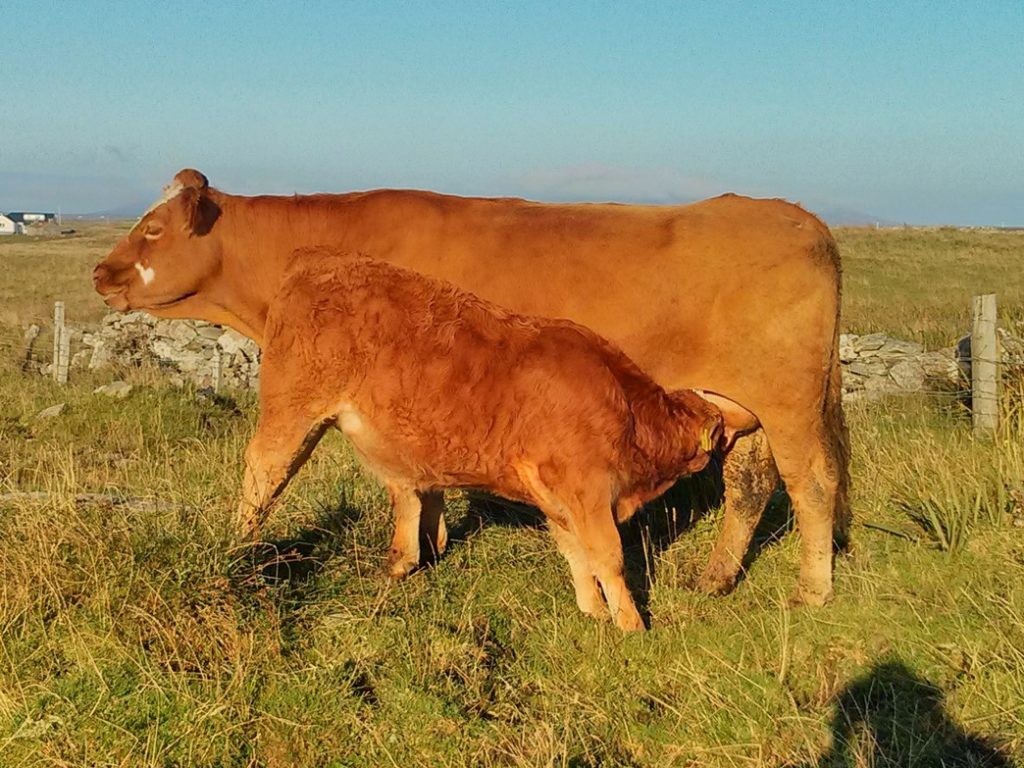Salmonella Dublin In Beef Herds
7 April 2020Salmonella Dublin can cause significant impacts on health and mortality rates during the calving period. However only 10% of the confirmed diagnosis are from beef herds.
It presents itself differently in beef herds compared to dairy herds. Where it is found in dairy herds an outbreak is usually confined to one age group within the herd, for example it may result in abortions or unborn calves or calf health issues or it may affect the adult cattle e.g. diarrhoea. But in beef herds it can affect all age groups within the herd, which shows that beef herds are often more naïve to the infection and there is more contact between different ages of cattle.
In beef suckler herds, 28% of Salmonella Dublin diagnosis were found in adult cattle, of this 40% were cows who had aborted. The abortion rate in herds which were affected ranged from 2-5%. The only other symptom found in adult cattle was diarrhoea, where 80% of these cattle were affected in the fortnight after calving.
The remaining 72% of diagnosis of Salmonella Dublin was in calves, who were all less than six months old. There was no diagnosis in cattle between six months old or pregnant heifers in their last trimester of pregnancy. A total of 60% of these cases were found in calves aged between one and four weeks old. Mortality rates were especially high in calves, with up to 18% mortality at the time of submission. The initial clinical presentation of these calves included the majority having diarrhoea (64%), other signs included respiratory disease (20%) and neurological signs (16%).
The majority of cases were affected within a month of calving, meaning this period is critical for control.
Some ways to aid preventing Salmonella Dublin include,
- Hygiene of the calving pen is critical, to limit transmission from cow to calf, and also between cows.
- Carrier cows are more likely to shed around calving, and cows which become infected around calving have an increased risk of becoming a carrier, therefore maintaining infection within the herd.
- Infection in beef herds tends to build up in the environment towards the end of the calving period. By either grouping cows by expected calving date if known, frequent bedding or using a separate area for the second half of the calving period will limit contamination. Avoid overstocking.
- Minimising the age spread of calves in a group will reduce spread from older, recovered calves. In an outbreak, split the herd into smaller groups to help reduce transmission.
- Weather permitting, getting cattle outside as quickly as possible will help to limit transmission, assuming the grazing is clean.
- If you are calving outside, avoid using the same pasture for the whole of the calving period.
- If calf mortality or scour, respiratory or neurological problems are an issue for your beef herds this year, consider Salmonella Dublin as a possible cause. Speak to your vet and request diagnosis (culturing faeces, post-mortem samples, serology).
- The levels of calf mortality seen in beef herds will have a significant influence on the profitability of the enterprise for that year, and if carrier cows are created, this may impact the herd in further years.
Many of the control measures are sound general advice which will help with the control of many neonatal calf diseases in the suckler herd. Given the poor weather this spring so far, holding cows and calves inside for longer will present a greater risk.
Katrina Henderson, katrina.henderson@sac.co.uk
Sign up to the FAS newsletter
Receive updates on news, events and publications from Scotland’s Farm Advisory Service

